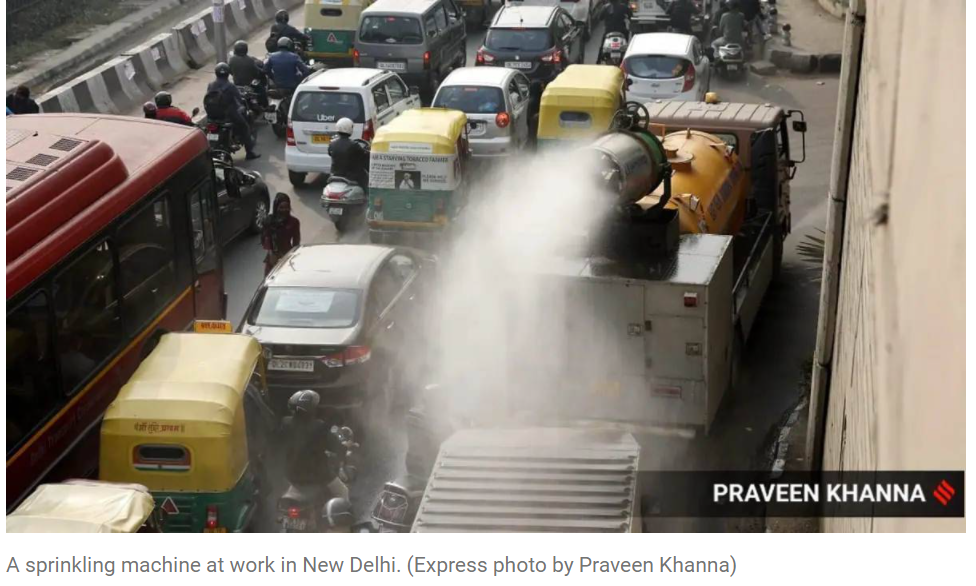From October to January this winter, Delhi recorded 19 days when the Capital’s Air Quality Index (AQI) was in the ‘severe’ category with readings between 401 and 500.
Despite the emergency measures introduced to tackle pollution, the situation in Delhi this winter was not any different from that in the previous years with regard to ‘severe’ air days, the Central Pollution Control Board bulletins show.
From October to January this winter, Delhi recorded 19 days when the Capital’s Air Quality Index (AQI) was in the ‘severe’ category with readings between 401 and 500. This is the same as the previous two winters, which also recorded 19 days when the air quality was in the ‘severe’ category. However, this winter fared worse than the 2017 season, when 12 ‘severe’ air days were recorded from October 2017 to January 2018. However, it was marginally better than the winter of 2018 when 21 ‘severe’ air days were recorded from October 2018 to January 2019.
January and October recorded better air quality this year when compared to previous years, but November, when Diwali was celebrated and when the contribution of stubble burning to particulate matter increased, recorded worse air this year than previous years.
“October was about prolonged rain, while January was also about record rainfall. In terms of overall winter pollution, we would see more cleaner air days this winter, if we account for January and October. These are two key months; October is when winter begins and January is usually the thick of winter,” said Anumita Roychowdhury, executive director for research and advocacy at the Centre for Science and Environment.
“But at the same time, we recorded one of the most prolonged smog episodes this year in November, with continuous ‘severe’ air days. Towards the end of December, even when there was no stubble burning, Delhi experienced ‘severe’ pollution days. That shows the impact of local pollution in Delhi and NCR. The fact that so much pollution trapping could happen in November and December is indicative of high pollution in the region,” added Roychowdhury.
While the first three days of February recorded ‘very poor’ air quality, subsequently, the AQI has either remained ‘poor’ or ‘moderate’. Over the past three days, the AQI has remained in the ‘moderate’ category, aided by strong winds.
Different combinations of measures have been taken in the past as well, when AQI rises, including banning construction and restrictions on industrial units over the last few years, Roychowdhury said. Similar restrictions were introduced by the Commission for Air Quality Management this winter as well. “But emergency measures are temporary efforts to ensure that we are not adding more pollution when pollutants are already trapped. Infrastructural changes, like improving the public transport system, will now have to be the focus,” she added.
Article Credits: The Indian Express

Pingback: Delhi is world’s most polluted capital, 35 Indian cities in top 50: Report - SLSV - A global media & CSR consultancy network